Home>Garden Essentials>How To Grow Mexican Bird Of Paradise From Seed
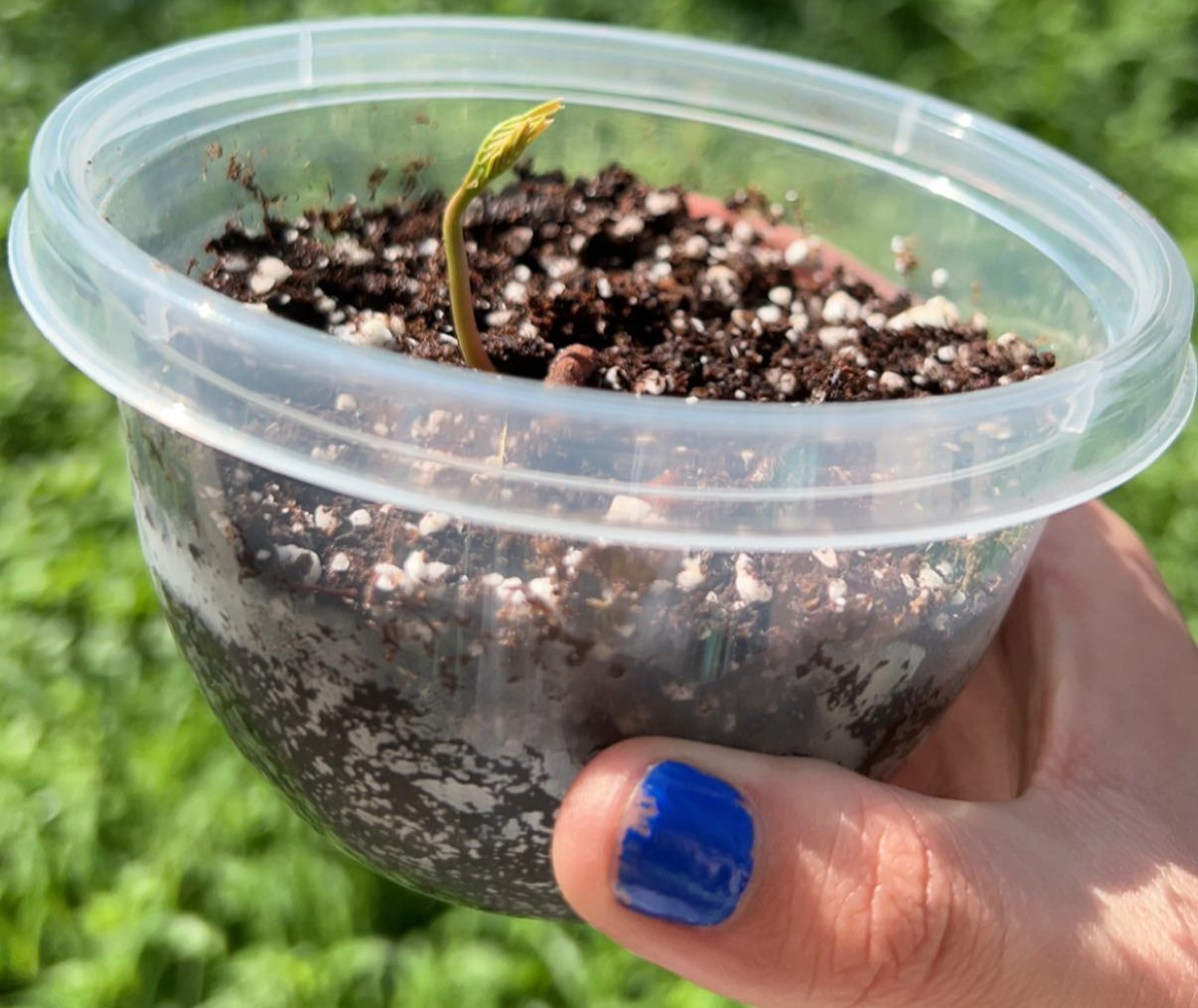

Garden Essentials
How To Grow Mexican Bird Of Paradise From Seed
Modified: May 6, 2024
Learn how to grow Mexican Bird of Paradise from seed in your garden. Discover the essential steps and tips for successful cultivation and blooming.
(Many of the links in this article redirect to a specific reviewed product. Your purchase of these products through affiliate links helps to generate commission for Storables.com, at no extra cost. Learn more)
Introduction
Welcome to the world of gardening, where you can bring life and beauty to your surroundings. If you’re looking to add a unique and vibrant plant to your garden, the Mexican Bird of Paradise is an excellent choice. Known for its striking blooms and distinctive foliage, this plant can be a showstopper in any landscape.
Native to Mexico and parts of North America, the Mexican Bird of Paradise, also known as Caesalpinia pulcherrima, is a member of the Fabaceae family. It is a perennial flowering shrub that can add a touch of tropical elegance to your garden. With its vibrant orange and yellow flowers and fern-like leaves, it’s no wonder that this plant is a favorite among gardeners.
In this article, we will guide you through the process of growing Mexican Bird of Paradise from seeds. Whether you’re a seasoned gardener or a beginner, our step-by-step instructions and tips will help you successfully cultivate this stunning plant.
Before we dive into the details, let’s talk about the supplies you’ll need to get started.
Key Takeaways:
- Growing Mexican Bird of Paradise from seeds requires proper preparation, care, and attention. From scarifying and pre-soaking the seeds to providing optimal sunlight and temperature, each step contributes to the successful cultivation of this vibrant plant.
- Enjoying the stunning blooms of Mexican Bird of Paradise is a rewarding experience. From observing the blooming cycle to attracting pollinators and sharing the beauty with others, it’s a journey filled with joy and fulfillment in the natural world.
Read more: How To Plant Birds Of Paradise Seeds
Step 1: Gather Supplies
Before you begin the process of growing Mexican Bird of Paradise from seeds, it’s important to gather all the necessary supplies. Having everything on hand will make the planting process much smoother. Here’s a list of what you’ll need:
- Seeds: Start by acquiring high-quality Mexican Bird of Paradise seeds. You can find them at local nurseries, online seed suppliers, or even collect them from mature plants if available.
- Potting Soil: Choose a well-draining soil mix that is rich in nutrients. You can buy potting soil specifically formulated for tropical plants or create your own by combining equal parts of garden soil, compost, and sand.
- Pots or Containers: Opt for small seedling pots or any container with drainage holes. This will allow excess water to flow out, preventing root rot.
- Watering Can or Spray Bottle: You’ll need a watering can or spray bottle for gentle and controlled watering.
- Plastic Wrap or Seed Tray Cover: To create a humid environment for germination, you’ll need plastic wrap or a seed tray cover to cover the pots or containers.
- Grow Lights or Sunny Window: Mexican Bird of Paradise seeds need sufficient light for germination. If you don’t have access to a sunny window, invest in grow lights to provide adequate light intensity.
- Fertilizer: Once the seedlings have sprouted, they will require regular feeding with a balanced slow-release fertilizer to support their growth.
- Gardening Gloves and Tools: Wearing gardening gloves will protect your hands from soil and potential allergens. Basic gardening tools such as a hand trowel or seed dibber will also come in handy.
- Misting Bottle: A misting bottle will be helpful for providing moisture to the seedlings without overwatering.
- Plant Labels: To keep track of the different varieties or stages of your Mexican Bird of Paradise seeds, use plant labels to identify each pot or container.
With all the necessary supplies gathered, you’re now ready to move on to the next step: preparing the seeds.
Step 2: Preparing the Seeds
Preparing the seeds properly is crucial to ensure successful germination and healthy seedlings. Follow these simple steps to prepare your Mexican Bird of Paradise seeds:
- Scarification: The hard outer shell of Mexican Bird of Paradise seeds can inhibit germination. To overcome this, scarify the seeds by gently rubbing them with sandpaper or carefully nicking the outer shell with a knife. This process helps to break the dormancy of the seeds, allowing water and oxygen to penetrate.
- Pre-Soaking: Once scarified, soak the seeds in warm water overnight. This will help soften the outer shell and promote quicker germination.
- Seed Treatment (Optional): If you want to further enhance germination rates, you can also give the seeds a mild fungicide treatment. This helps prevent any fungal infections that may affect seedlings.
- Drain and Dry: After soaking, drain the seeds and place them on a paper towel or a clean and dry surface to dry off excess moisture. Avoid placing them under direct sunlight or in a humid environment.
With the seeds properly prepared, you can now move on to choosing the ideal planting location.
Step 3: Choosing the Planting Location
Selecting the right planting location is essential for the successful growth of Mexican Bird of Paradise. Consider the following factors when choosing the ideal spot:
- Sunlight: Mexican Bird of Paradise thrives in full sun, so choose a location that receives at least 6-8 hours of direct sunlight per day. This will ensure optimal growth and abundant flowering.
- Soil Drainage: The soil should be well-draining to prevent waterlogging, as Mexican Bird of Paradise doesn’t tolerate wet feet. Avoid areas that have heavy clay soil or poor drainage. If necessary, amend the soil by adding organic matter or planting in raised beds or containers.
- Space: Consider the size and growth habit of the Mexican Bird of Paradise plant. Give it enough space to spread out its branches and reach its full height, ensuring that it won’t be crowded by other plants or structures.
- Protection from Frost: Mexican Bird of Paradise is not frost-tolerant, so if you live in a region with frost or freezing temperatures, choose a location that provides protection, such as near a building or using frost covers during colder months. Alternatively, consider growing it in containers that can be brought indoors during winter.
- Consider Microclimates: Some areas of your garden may have microclimates, such as warmer or sheltered spots. These microclimates can be ideal for growing Mexican Bird of Paradise, especially in regions with cooler climates.
Once you have identified the perfect planting location, you’re ready to move on to the exciting step of planting the seeds and watching them grow into beautiful seedlings.
Step 4: Planting the Seeds
Now that you have prepared the seeds and chosen the ideal planting location, it’s time to plant your Mexican Bird of Paradise seeds. Follow these steps for successful seed planting:
- Fill the Pots: Fill the pots or containers with the prepared potting soil, leaving about 1-2 inches of space at the top for watering.
- Plant the Seeds: Make small holes in the soil, approximately 1/4 to 1/2 inch deep. Place one seed in each hole and cover them lightly with soil. Gently press the soil down to ensure good seed-to-soil contact.
- Water the Seeds: Use a watering can or spray bottle to moisten the soil thoroughly. Avoid overwatering, as excessive moisture can lead to rotting.
- Cover the Pots: Place a clear plastic wrap or seed tray cover over the pots to create a mini greenhouse effect. This helps to retain moisture and create a warm and humid environment, which promotes seed germination.
It’s important to note that Mexican Bird of Paradise seeds may take anywhere from 2 to 6 weeks to germinate, so be patient and keep an eye on them. Ensure that the soil remains moist, but not waterlogged, during this time.
Once the seedlings have emerged, it’s time to provide them with the care and attention they need to grow into healthy plants. This brings us to the next step: watering and caring for the seedlings.
Read more: How To Harvest Bird Of Paradise Seeds
Step 5: Watering and Caring for the Seedlings
As your Mexican Bird of Paradise seedlings begin to grow, it’s crucial to provide them with proper watering and care to ensure their healthy development. Follow these guidelines to care for your seedlings:
- Watering: Water the seedlings regularly, keeping the soil consistently moist but not waterlogged. Use a misting bottle or a gentle flow of water to prevent disturbing the delicate seedlings. Avoid letting the soil dry out completely, as this can hinder their growth.
- Temperature and Humidity: Mexican Bird of Paradise thrives in warm and humid conditions. Maintain a temperature between 70-85°F (21-29°C) for optimal growth. You can create a humid microclimate by misting the foliage or placing a tray of water near the plants.
- Feeding: Once the seedlings have developed their first set of true leaves, you can start feeding them with a diluted balanced fertilizer. Follow the manufacturer’s instructions for proper dosage and frequency, usually every 2-4 weeks.
- Thinning: If multiple seedlings have sprouted in the same pot, thin them out by removing the weaker or slower-growing ones. This allows the remaining seedlings to have more space and resources to grow into healthy plants.
- Lighting: Ensure that your seedlings receive adequate light. If you’re growing them indoors, place them near a sunny window where they can receive at least 6-8 hours of bright, indirect sunlight. If natural light is insufficient, supplement it with grow lights placed a few inches above the seedlings.
- Transplanting (Optional): If the seedlings outgrow their pots or containers, you can transplant them into larger pots or into the ground. Wait until they have established a strong root system and have at least 4-6 sets of leaves before transplanting.
- Protection from Pests: Keep an eye out for common pests like aphids, mealybugs, and spider mites. If you notice any signs of infestation, promptly treat the seedlings with organic pest control methods, such as insecticidal soap or neem oil.
By providing proper watering and care, your Mexican Bird of Paradise seedlings will flourish and grow into strong and vibrant plants. Now, let’s move on to the next step: transplanting the seedlings into pots or the ground.
Plant Mexican bird of paradise seeds in well-draining soil and keep them consistently moist. Germination can take 2-4 weeks, so be patient. Provide plenty of sunlight and warmth for best results.
Step 6: Transplanting the Seedlings into Pots or Ground
Once your Mexican Bird of Paradise seedlings have grown and have established a robust root system, it’s time to transplant them into larger pots or into the ground. Follow these steps to successfully transplant your seedlings:
- Choose the Right Time: Transplant your seedlings during the spring or early summer when the weather is warm and the risk of frost has passed. This provides them with the best chance to establish themselves in their new location.
- Select the Appropriate Containers or Planting Location: If you’re transplanting them into pots, select containers that are at least 12-16 inches in diameter and have drainage holes. If planting in the ground, choose a location with well-draining soil and enough space to accommodate the mature size of the Mexican Bird of Paradise plant.
- Prepare the Transplanting Site: If planting in the ground, prepare the soil by removing any weeds or grass and loosening it with a garden fork or shovel. Add organic matter, such as compost, to improve soil fertility and drainage.
- Carefully Remove the Seedlings: Gently loosen the soil around the seedlings in their current pots to avoid damaging the roots. Use your fingers or a small trowel to carefully lift the seedlings out without pulling on the stems.
- Planting in Pots: Fill the new pots with well-draining potting soil and create a hole large enough to accommodate the root ball of each seedling. Place the seedlings in the holes and firm the soil gently around the base of the plants.
- Planting in the Ground: Dig a hole in the prepared transplanting site that is wider and deeper than the root ball of the seedlings. Place the seedlings in the hole, ensuring that the top of the root ball is level with or slightly above the surrounding soil. Backfill the hole with soil, firming it gently around the base of the plants.
- Water Thoroughly: After transplanting, water the seedlings thoroughly to help settle the soil and provide moisture for their new roots. Maintain regular watering to keep the soil evenly moist for the first few weeks until the plants become established.
- Protect from Harsh Conditions: If the weather is exceptionally hot, provide shade or use temporary covers to protect the newly transplanted seedlings from intense sunlight. Keep an eye on the moisture level and water as needed.
Transplanting your Mexican Bird of Paradise seedlings into larger containers or into the ground allows them to grow and thrive, reaching their full potential. With proper care and maintenance, you’ll soon enjoy the stunning blooms of this beautiful plant. Next, we will discuss the importance of providing proper sunlight and temperature for your Mexican Bird of Paradise.
Step 7: Providing Proper Sunlight and Temperature
Proper sunlight and temperature are vital for the healthy growth and blooming of Mexican Bird of Paradise. Follow these guidelines to ensure your plant receives the optimal conditions:
- Sunlight: Mexican Bird of Paradise thrives in full sun, so it’s crucial to provide it with at least 6-8 hours of direct sunlight each day. Place your plant in a location where it can receive the maximum amount of sunlight. In areas with hot summers, a bit of afternoon shade can be beneficial.
- Temperature: Mexican Bird of Paradise plants are tropical in nature and prefer warm temperatures. They thrive in a temperature range between 70-85°F (21-29°C). Protect your plant from temperatures below 40°F (4°C) as they are not frost-tolerant. If you live in a cooler climate, consider growing them in containers that can be moved indoors during winter.
- Microclimates: Mexican Bird of Paradise can benefit from microclimates in your garden. These are areas where the temperature may be slightly higher, such as near south-facing walls or reflective surfaces. If you live in a cooler region, take advantage of these warm spots to enhance the growth and blooming of your plant.
- Seasonal Adjustments: During hot summer months, provide some shade or dappled sunlight to protect your Mexican Bird of Paradise from scorching rays. You can use shade cloth or strategically place taller plants nearby to create some relief. In contrast, during cooler months, ensure they receive enough sunlight by pruning any surrounding plants that may cast shadows.
- Indoor Growing: If you’re growing Mexican Bird of Paradise indoors, place them near a bright, sunny window where they can receive sufficient light. If natural light is limited, consider using supplemental grow lights to provide the necessary light intensity for their growth and blooming.
By providing your Mexican Bird of Paradise with the appropriate sunlight and temperature conditions, you’ll help it thrive and produce a stunning display of blooms. In the next step, we will discuss the importance of pruning and maintenance for your plants.
Step 8: Pruning and Maintenance
Pruning and maintenance are important aspects of caring for your Mexican Bird of Paradise plant. Regular pruning helps to maintain its shape, promote healthy growth, and enhance blooming. Follow these guidelines for effective pruning and maintenance:
- Remove Dead or Damaged Growth: Regularly inspect your plant and remove any dead or damaged leaves, stems, or branches. This not only keeps the plant looking tidy but also prevents the spread of any pests or diseases.
- Trimming and Shaping: To maintain the desired shape and size of your Mexican Bird of Paradise, selectively trim back any overgrown or leggy branches. Prune shoots to encourage bushier growth and promote a more compact appearance.
- Prune After Blooming: Mexican Bird of Paradise typically produces blooms on new growth. Prune the plant after it has finished flowering to remove spent flowers and encourage the development of new buds for the next blooming cycle.
- Fertilization: Feed your Mexican Bird of Paradise with a balanced slow-release fertilizer during the active growing season. Follow the instructions on the fertilizer packaging for the appropriate dosage and frequency. Avoid over-fertilizing, as it can lead to excessive vegetative growth and fewer blooms.
- Pest and Disease Management: Keep an eye out for common pests, such as aphids, mealybugs, or whiteflies. Regularly inspect your plant for any signs of infestation and promptly treat them using organic pest control methods. Additionally, monitor your plant for any signs of diseases, such as leaf spot or root rot, and take appropriate measures to prevent their spread.
- Watering: Maintain a consistent watering schedule, ensuring that the soil remains evenly moist but not waterlogged. Adjust the frequency and amount of water based on environmental conditions, such as temperature and humidity.
- Support: As your Mexican Bird of Paradise grows, it may benefit from additional support. Use stakes or trellises to prevent the plant from bending or toppling over due to its weight or strong winds.
- Monitor Growth and Nutrient Needs: Regularly monitor the overall growth and nutrient needs of your Mexican Bird of Paradise. Adjust your care routine as needed to provide the right conditions to support healthy growth and abundant blooming.
By following proper pruning and maintenance practices, you’ll keep your Mexican Bird of Paradise plant in optimal health and ensure its longevity and stunning display of flowers. In the next step, we’ll discuss how to deal with common pests and diseases that may affect your plant.
Step 9: Dealing with Common Pests and Diseases
Even with proper care, Mexican Bird of Paradise plants can be susceptible to certain pests and diseases. It’s important to be vigilant and take proactive measures to prevent and manage these issues. Here’s how to deal with common pests and diseases:
- Aphids: These small, sap-sucking insects can cluster on the leaves and stems, causing distortion and stunted growth. Use insecticidal soap or a strong blast of water to dislodge them. Natural predators like ladybugs can also help control aphid populations.
- Mealybugs: Mealybugs are white, cotton-like pests that feed on plant sap. They can cause leaf yellowing and leave a sticky residue. Remove them manually with a cotton swab dipped in rubbing alcohol or use a gentle insecticidal soap.
- Whiteflies: These tiny, winged insects congregate on the undersides of leaves and can cause yellowing, stunted growth, and the development of a black sooty mold. Use yellow sticky traps or introduce natural predators like parasitic wasps to control whitefly populations.
- Root Rot: Overwatering or poorly-draining soil can lead to root rot, which can result in wilting, yellowing leaves, and a general decline in plant health. Improve soil drainage and reduce watering frequency to prevent this disease. If root rot is already present, consider treating the plant with a fungicide and repotting it in fresh, well-draining soil.
- Leaf Spot: Leaf spot is a fungal disease characterized by dark spots or lesions on the leaves. To manage this, remove and destroy infected leaves and avoid overhead watering, which can contribute to the spread of the fungus. Apply a copper-based fungicide as directed.
- Poor Blooming: If your Mexican Bird of Paradise is healthy but not blooming, it may lack sufficient sunlight or nutrients. Ensure it is receiving at least 6-8 hours of direct sunlight and provide regular fertilization with a balanced slow-release fertilizer to promote blooming.
Regularly inspect your Mexican Bird of Paradise plant for any signs of pests or diseases. Early detection and intervention can help prevent the spread of these issues and maintain the plant’s overall health. In the final step, let’s explore the joy of enjoying the vibrant blooms of your Mexican Bird of Paradise plant.
Step 10: Enjoying the Blooms of Mexican Bird of Paradise
After all the hard work and care you’ve put into growing your Mexican Bird of Paradise, it’s time to sit back and enjoy the stunning blooms. Here are some tips for fully appreciating and maximizing the beauty of your plant:
- Observe the Blooming Cycle: Mexican Bird of Paradise plants typically bloom from late spring through fall, although blooming patterns can vary depending on the climate and growing conditions. Take note of when your plant is in full bloom and savor the gorgeous display of vibrant orange and yellow flowers.
- Cut Flowers for Indoor Display: You can bring the beauty of Mexican Bird of Paradise blooms indoors by cutting a few flowers and arranging them in a vase. The striking colors and unique shape of the blossoms make them an eye-catching addition to any floral arrangement.
- Attract Pollinators: Mexican Bird of Paradise flowers are rich in nectar, attracting pollinators like butterflies, bees, and hummingbirds. Create a pollinator-friendly garden by planting other nectar-rich flowers nearby to encourage these beautiful creatures to visit your garden.
- Share the Beauty: If you have an abundance of Mexican Bird of Paradise blooms, consider sharing the joy with friends, family, and neighbors. Pick a bouquet of flowers to give as a thoughtful gift, or transplant some of your seedlings to share with fellow gardening enthusiasts.
- Capture the Moment: Take photographs of your Mexican Bird of Paradise plant in its full blooming glory. These snapshots will serve as a delightful reminder of your successful gardening journey and bring a smile to your face whenever you revisit them.
- Reflect and Appreciate: Spend some time in your garden, admiring the beauty and tranquility of your Mexican Bird of Paradise. Appreciate the effort you’ve put into cultivating a vibrant and thriving plant, allowing yourself to find joy and peace in the natural world.
Remember, growing Mexican Bird of Paradise is not just about the final result, but also about the joy and fulfillment that comes from nurturing and witnessing the growth of a beautiful plant. So, sit back, relax, and relish in the breathtaking blooms of your Mexican Bird of Paradise.
Now that you’ve completed all the steps to grow and enjoy Mexican Bird of Paradise, you have the knowledge and skills to continue cultivating this stunning plant for years to come. Happy gardening!
Now that you're well-versed in nurturing Mexican Bird of Paradise from seed, why stop there? Dive deeper into the fascinating world of plant growth with our detailed guide on seed germination timelines. Understanding the germination process offers invaluable insights, helping ensure your garden thrives with vibrant life and color. Don't miss out on mastering these essential gardening skills!
Frequently Asked Questions about How To Grow Mexican Bird Of Paradise From Seed
Was this page helpful?
At Storables.com, we guarantee accurate and reliable information. Our content, validated by Expert Board Contributors, is crafted following stringent Editorial Policies. We're committed to providing you with well-researched, expert-backed insights for all your informational needs.
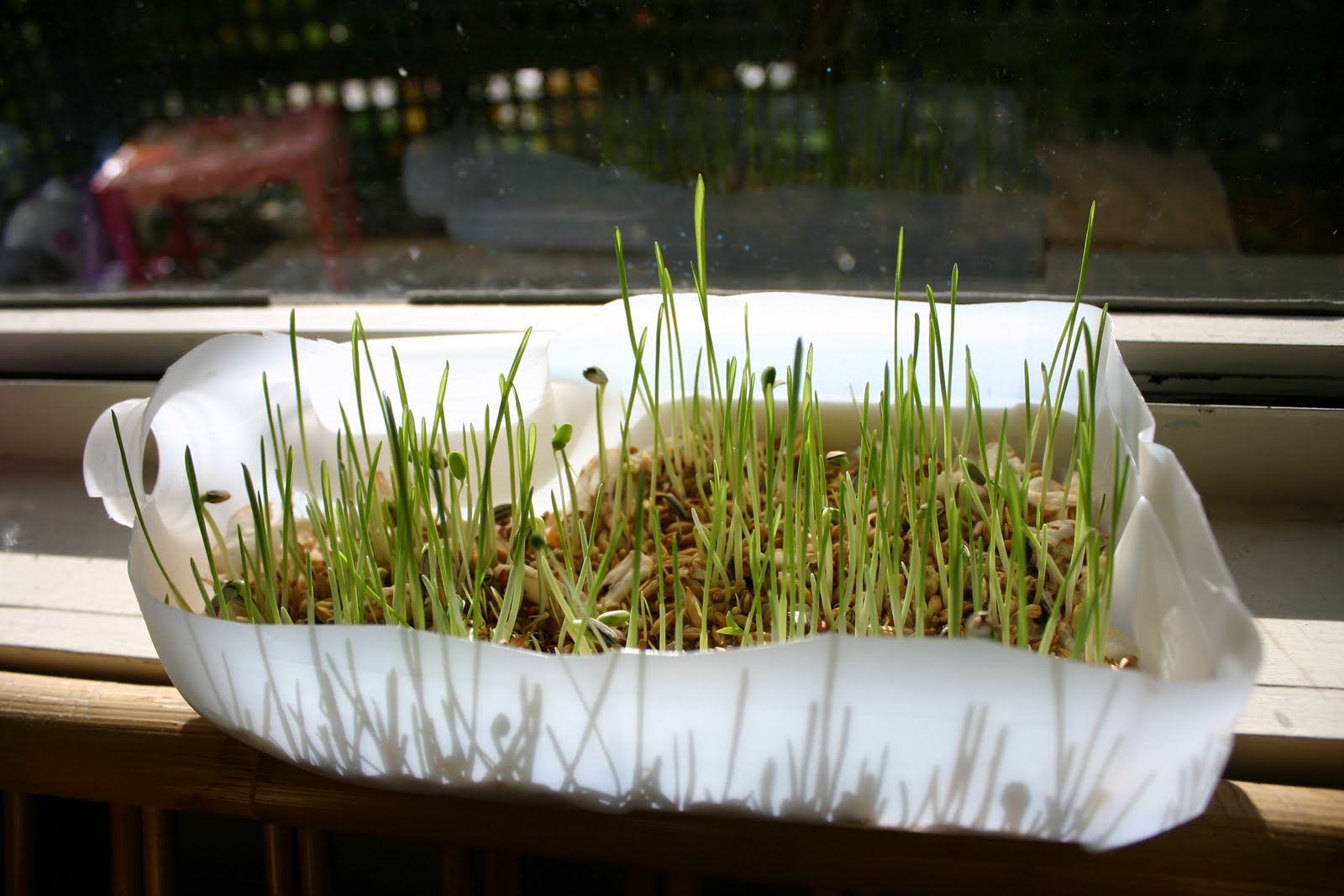
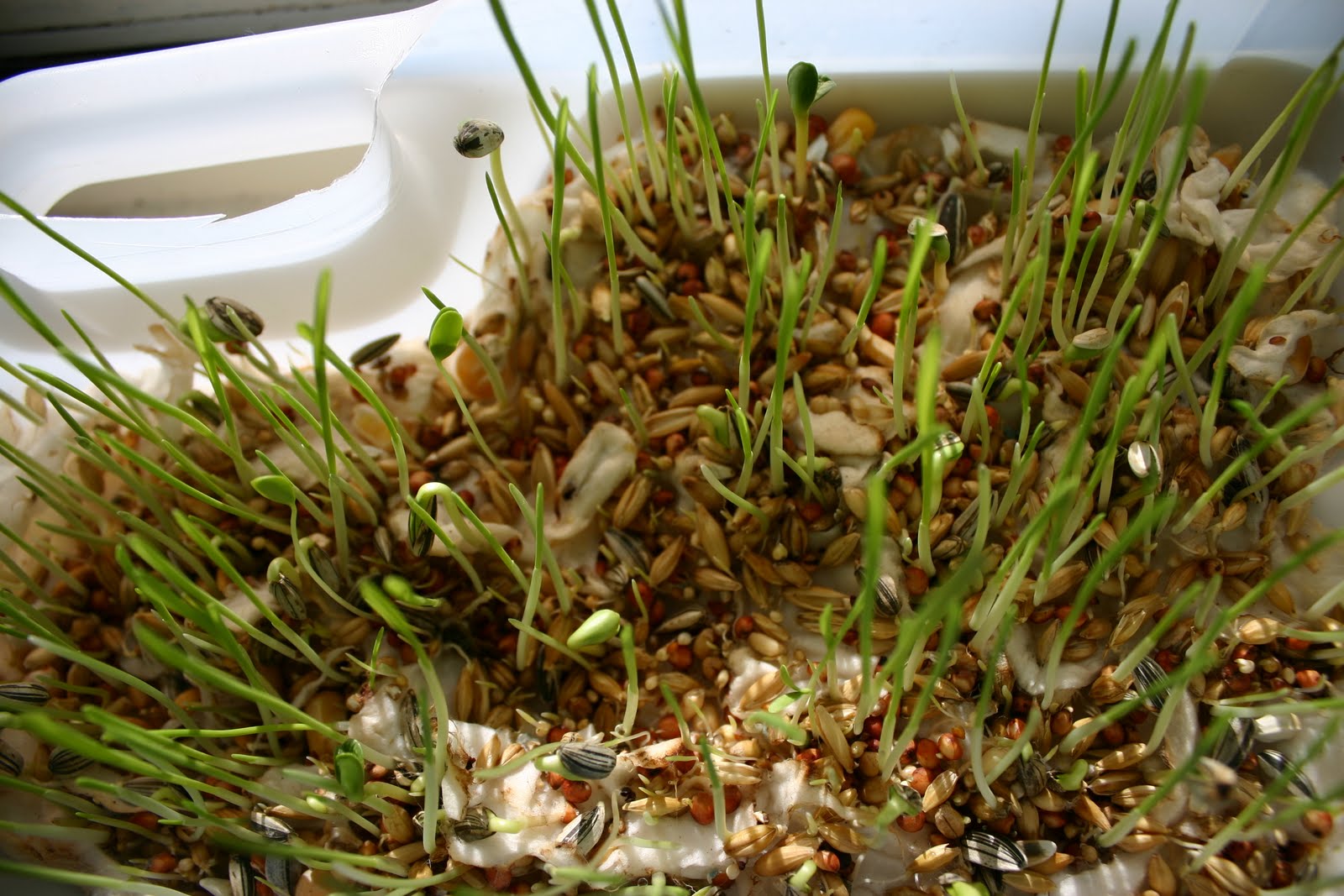
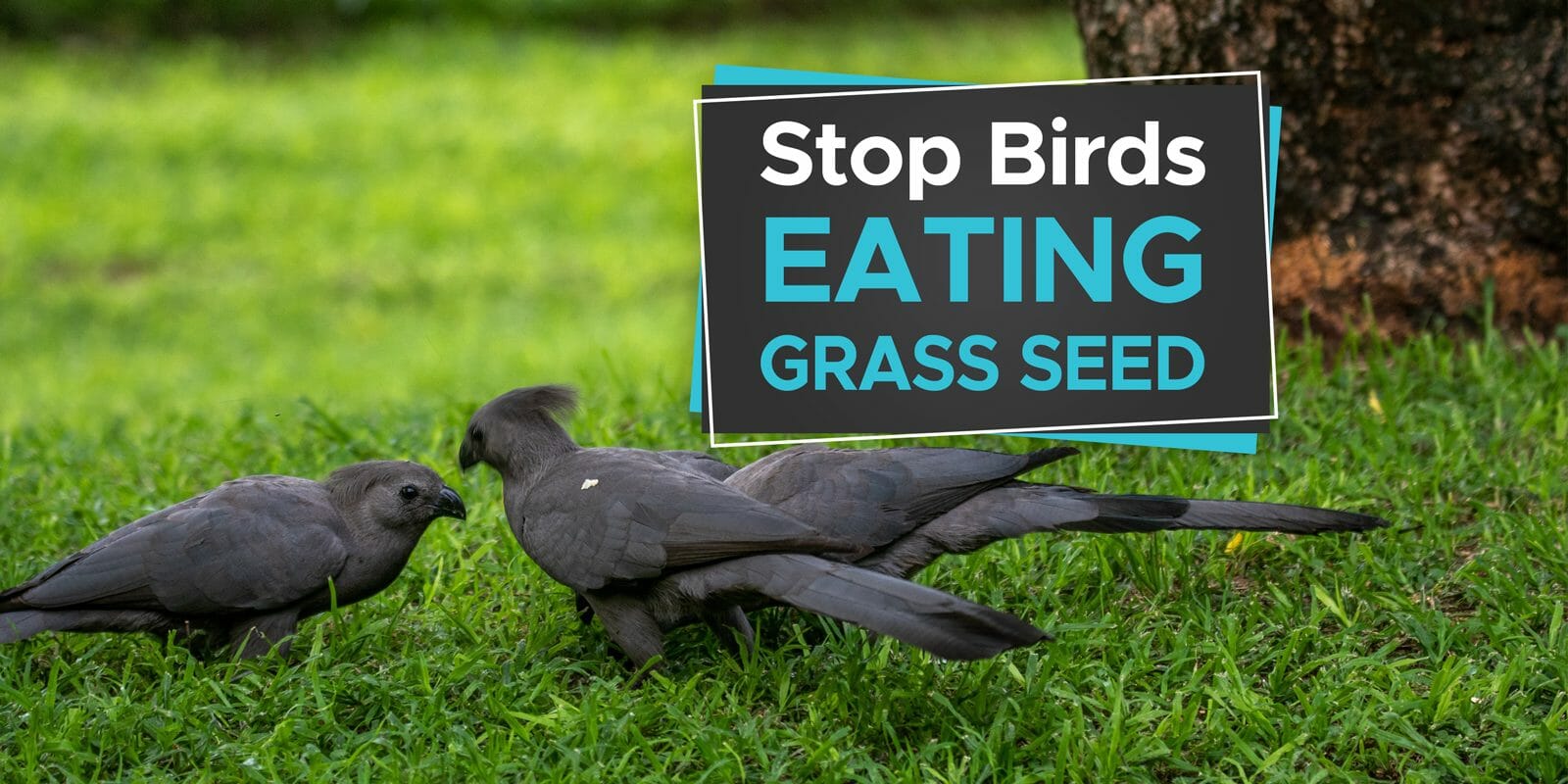
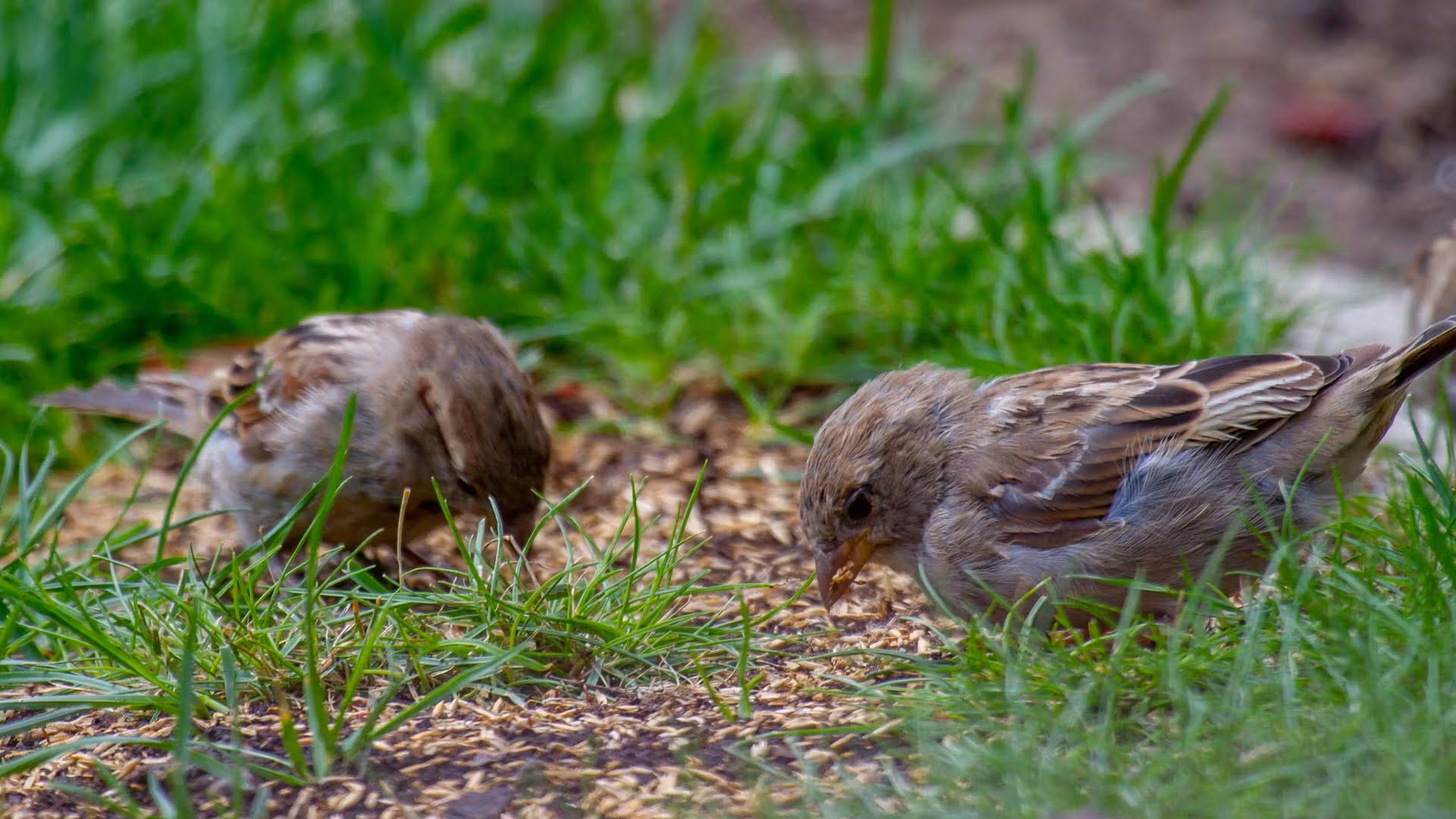
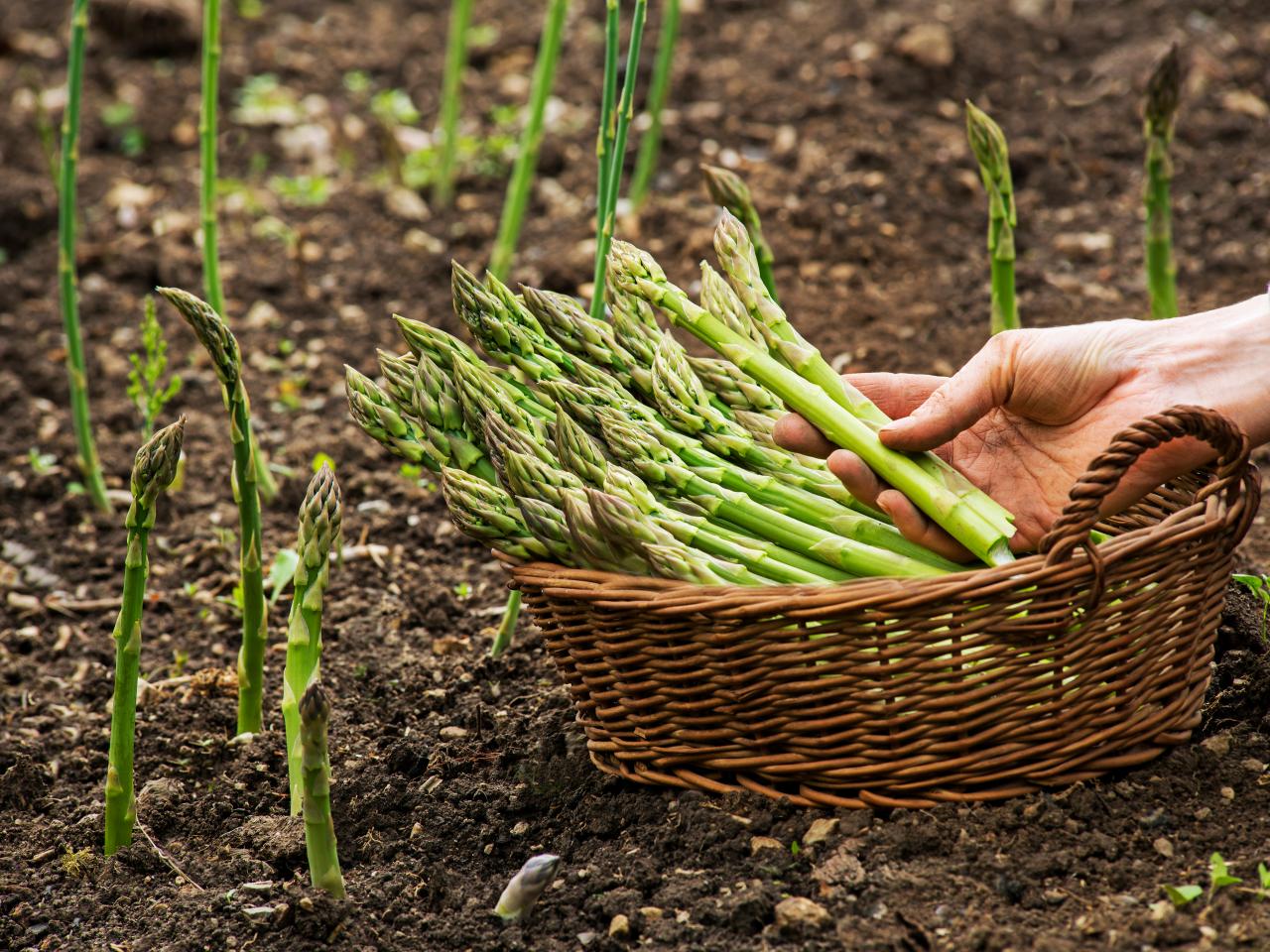
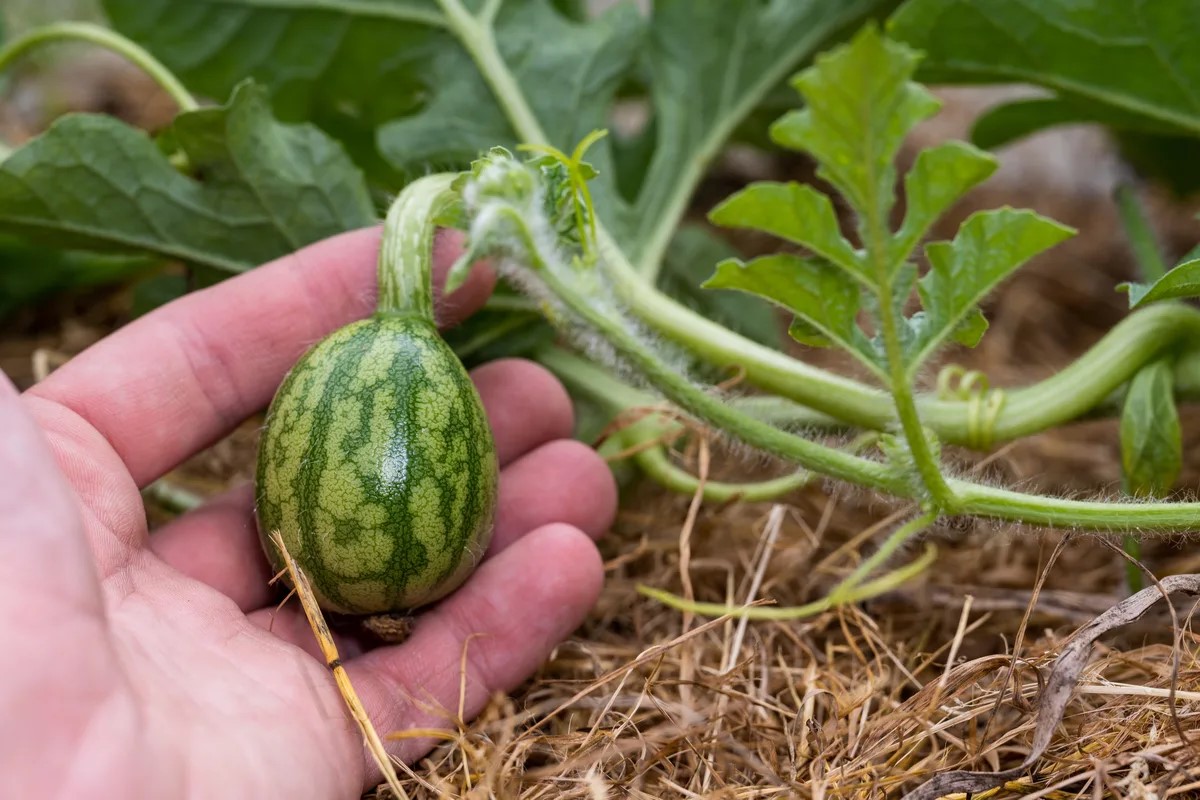
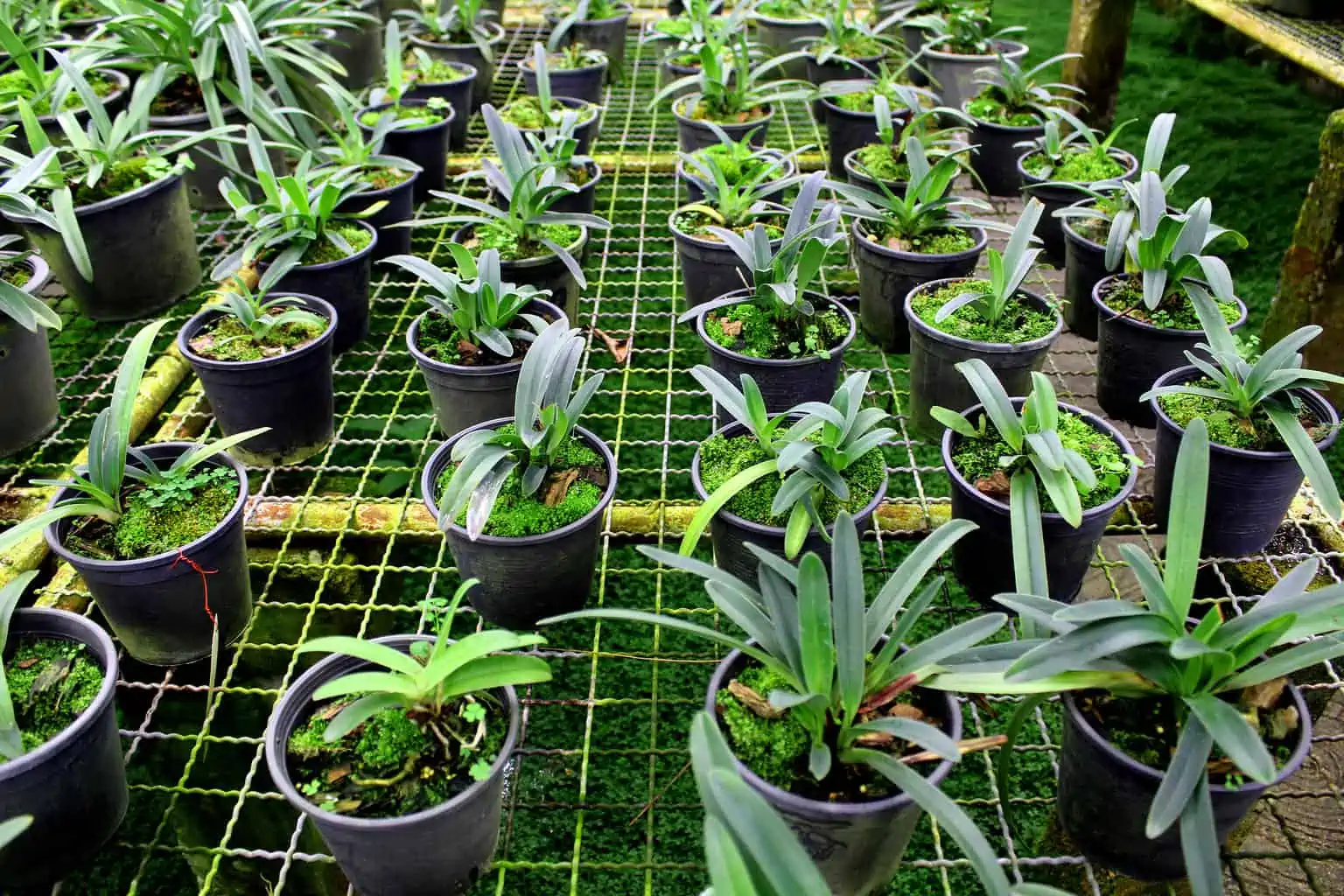
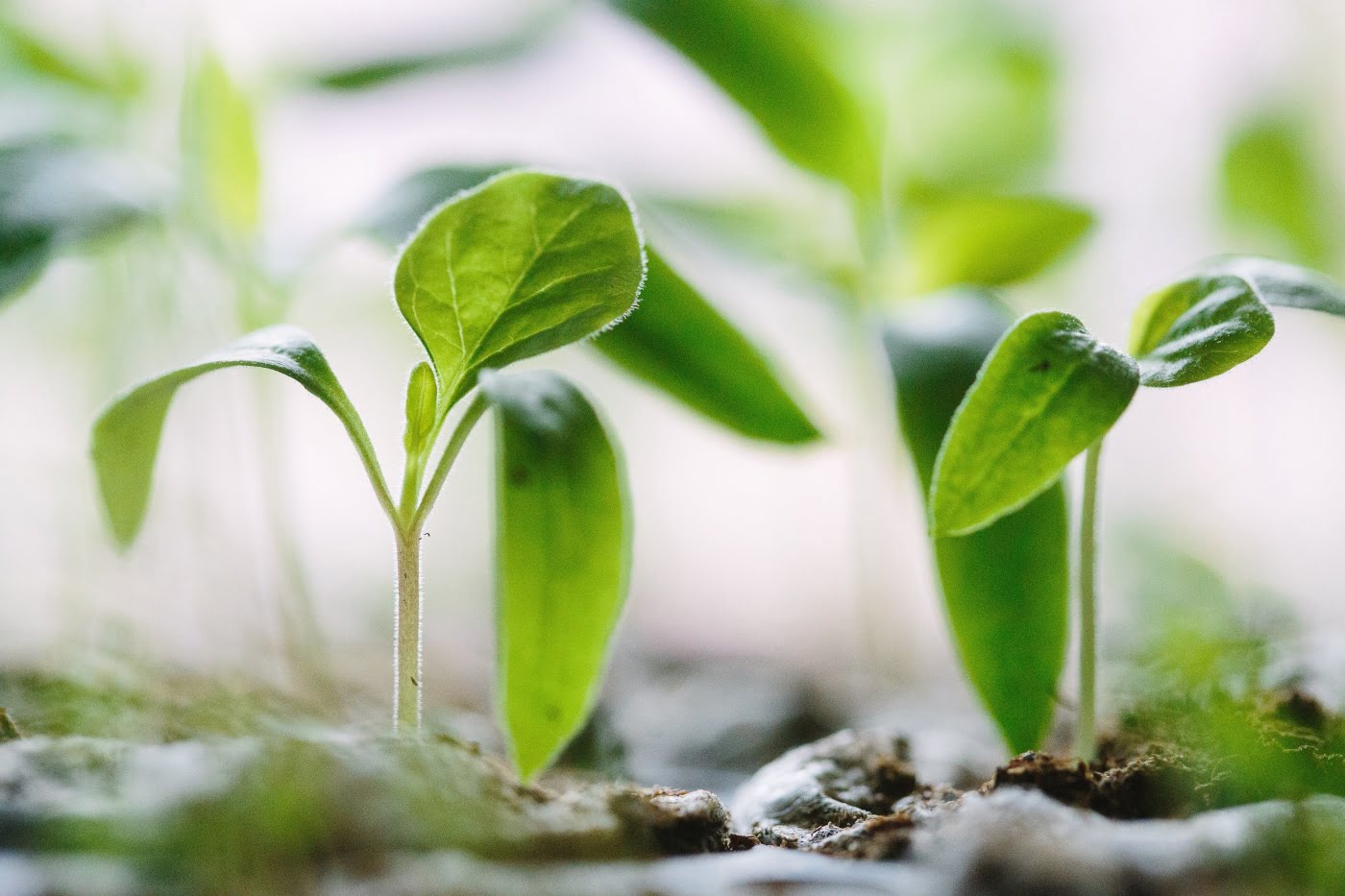
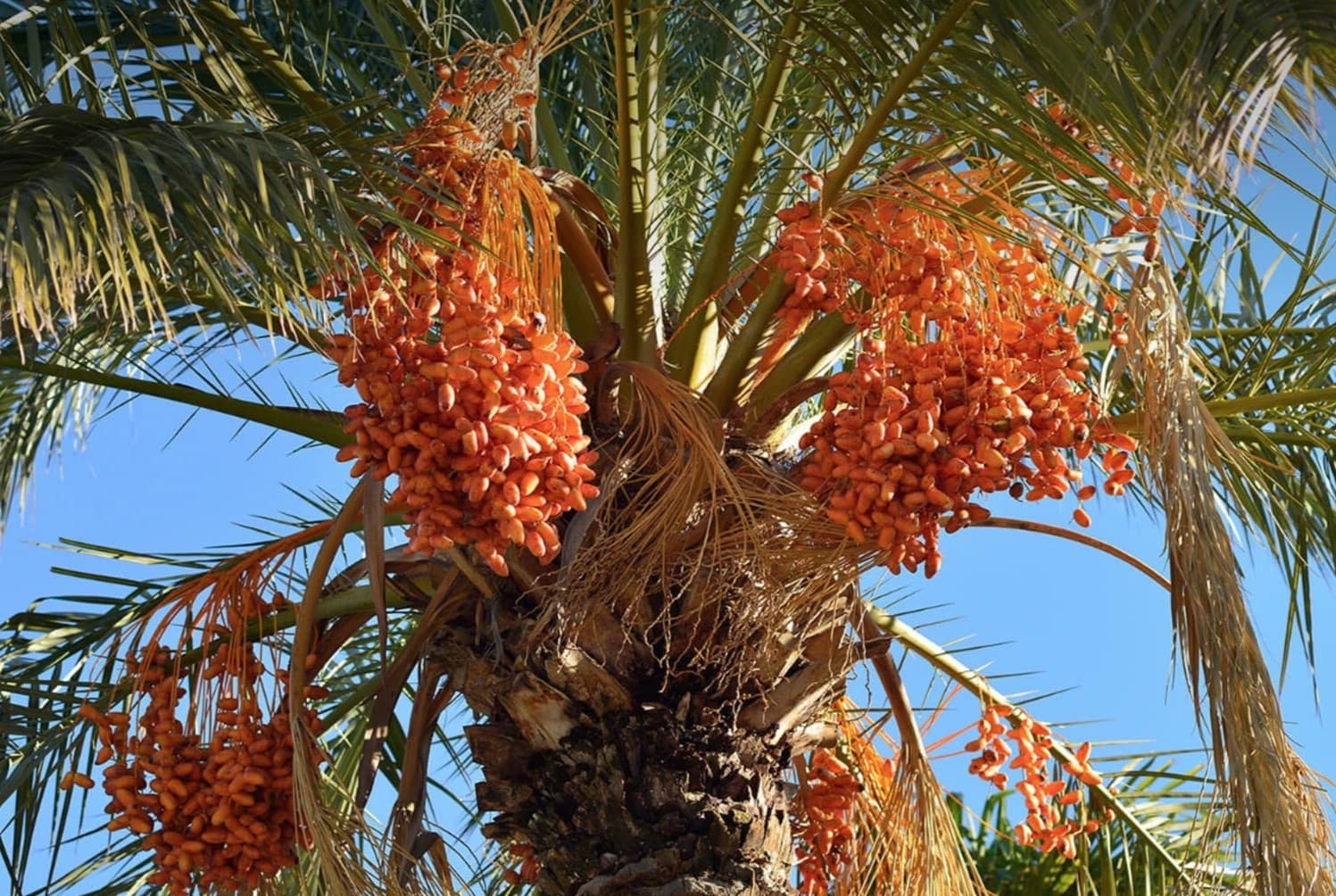
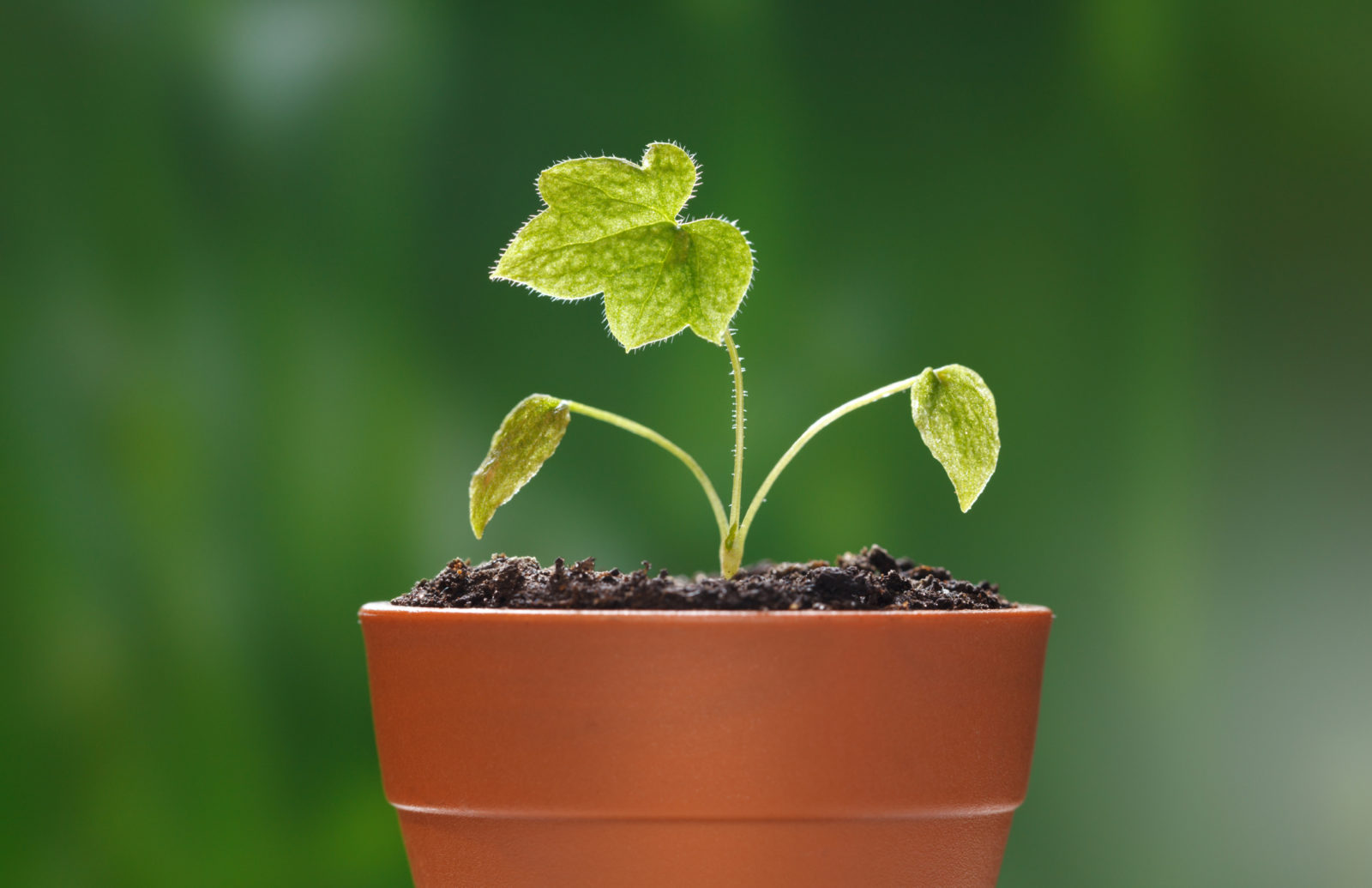
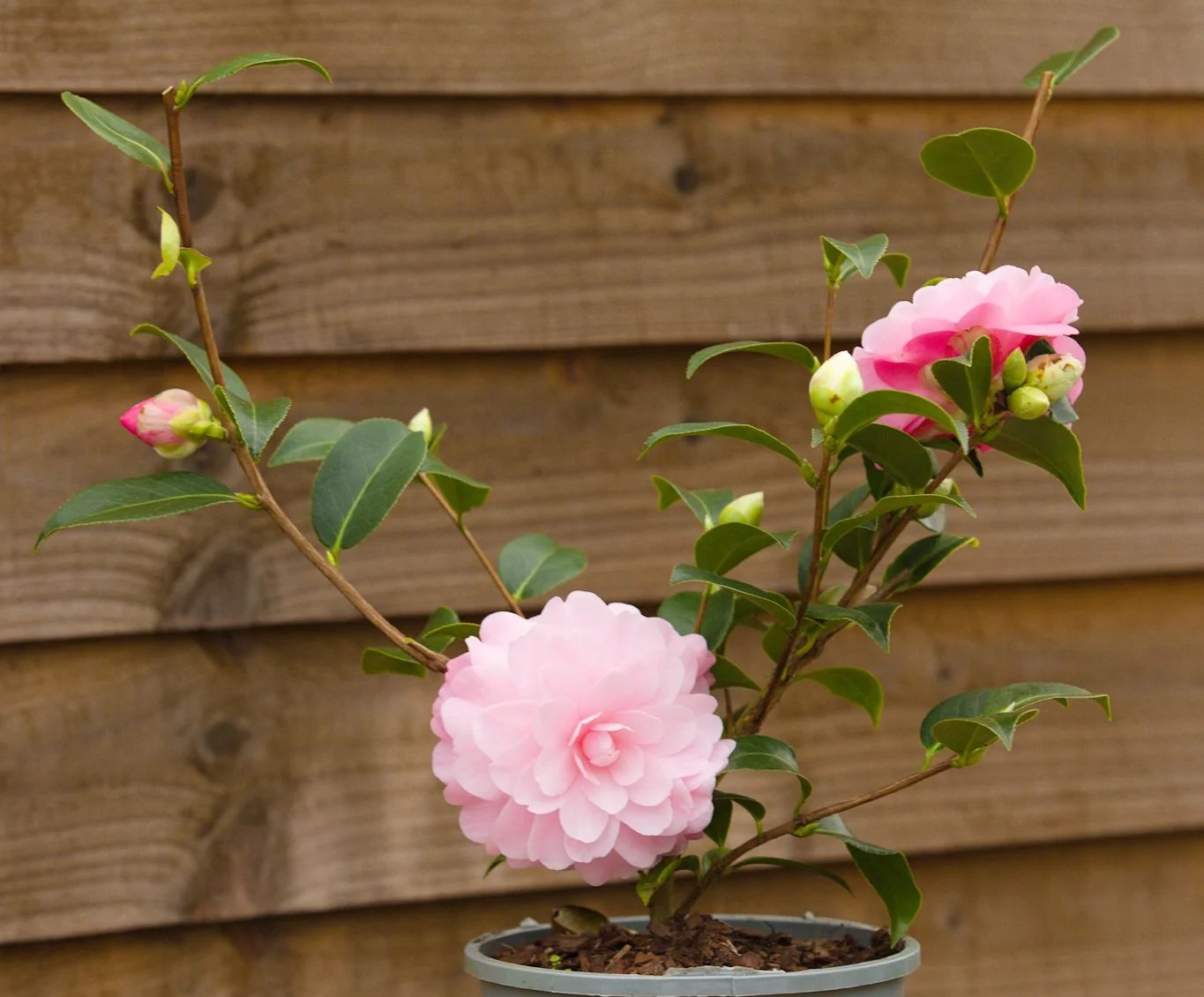
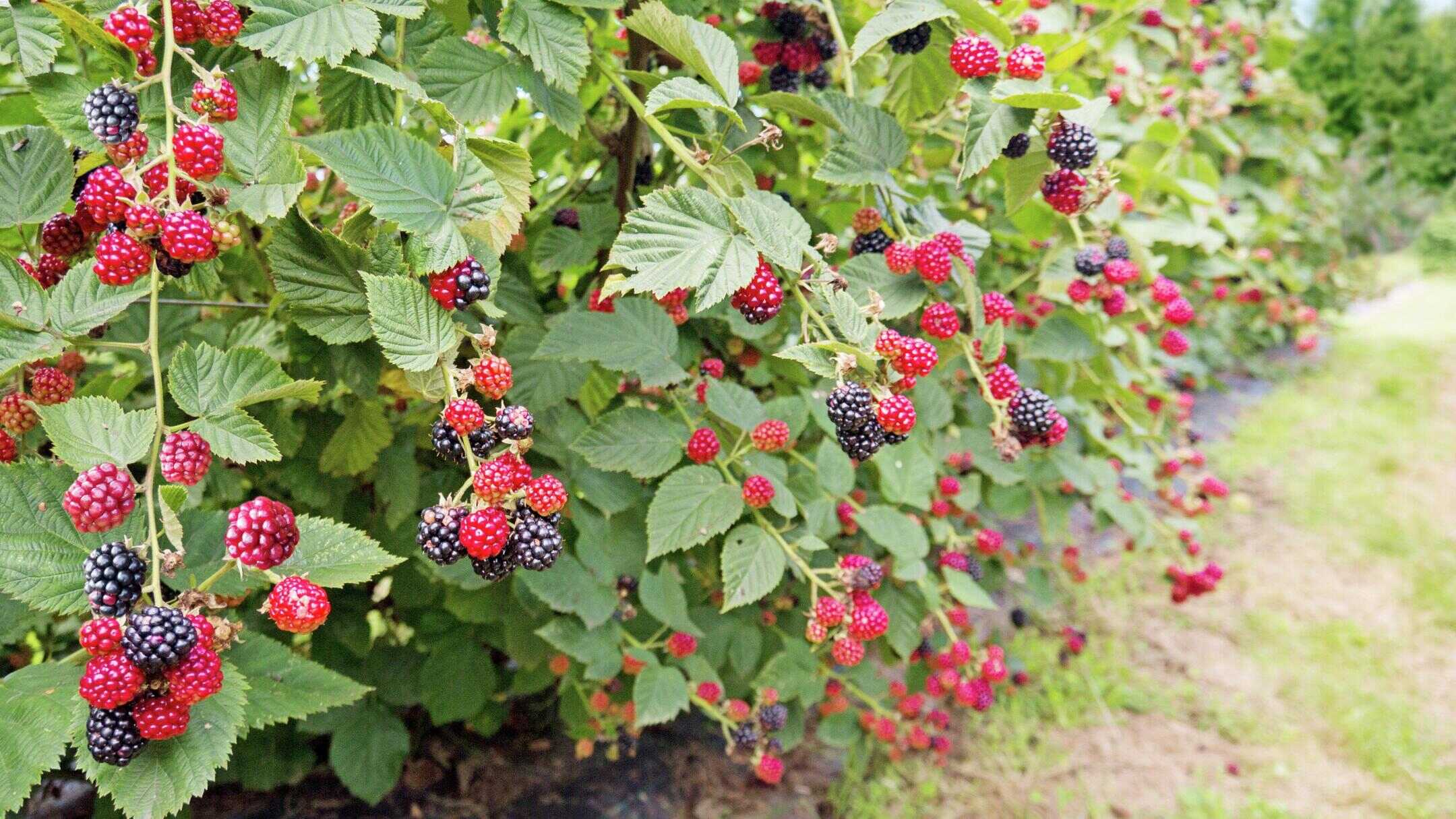
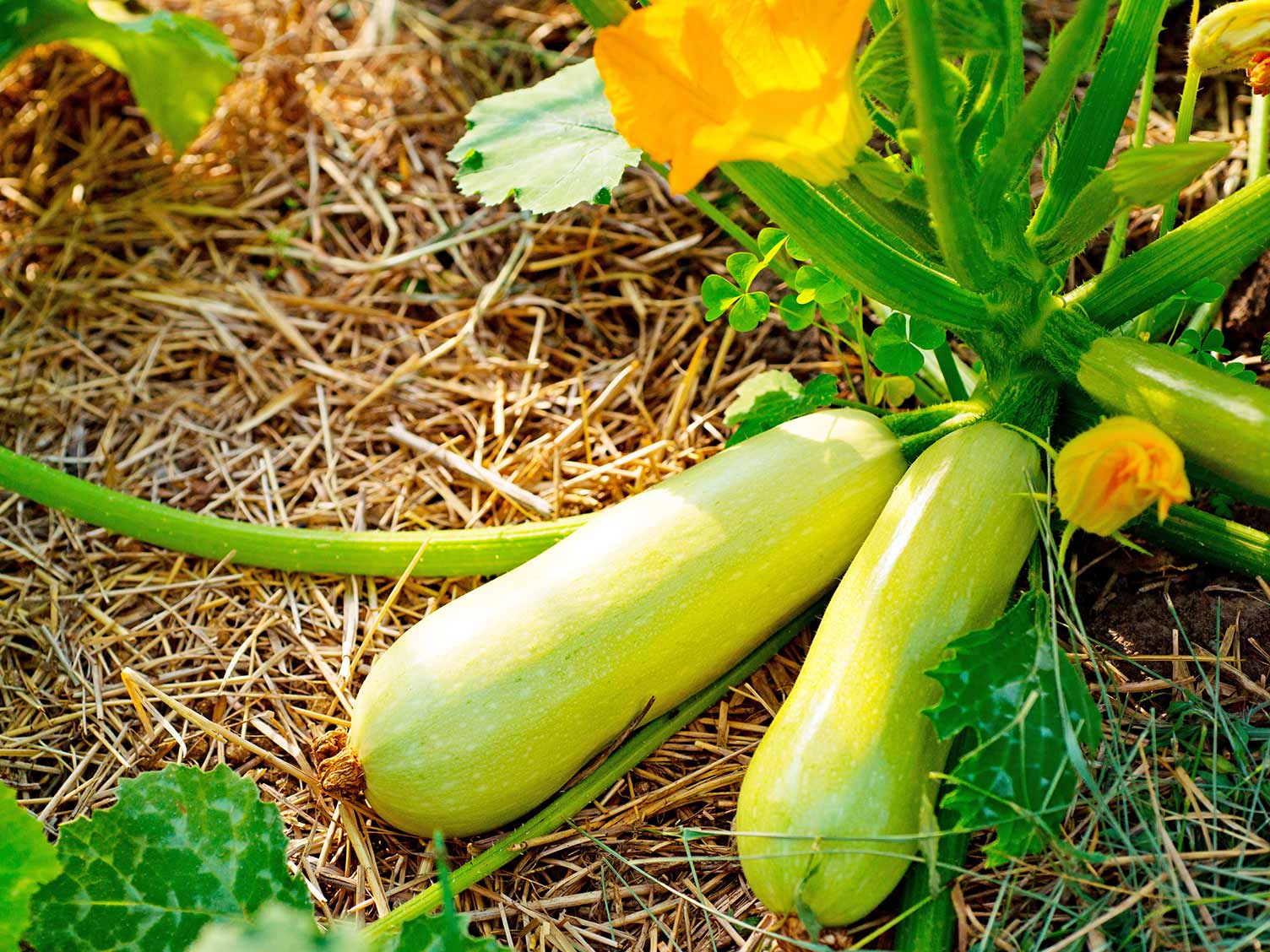

0 thoughts on “How To Grow Mexican Bird Of Paradise From Seed”